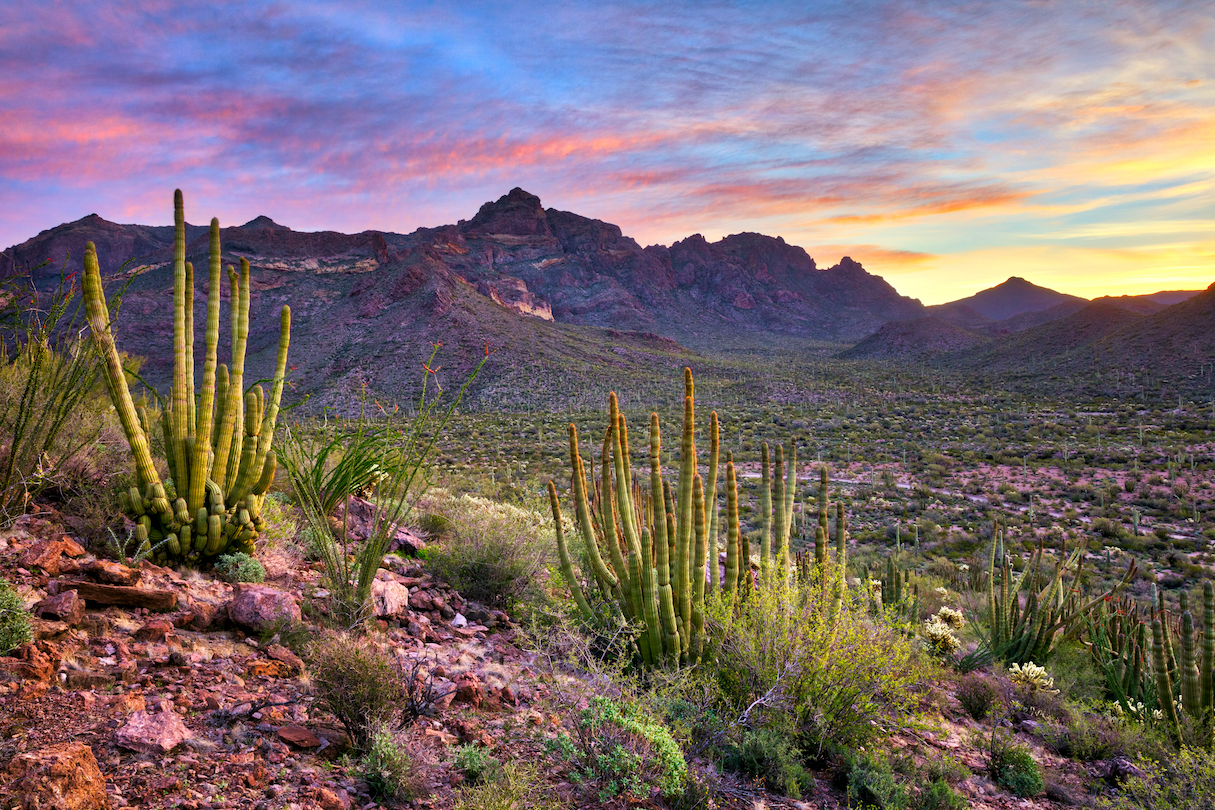
The loss of 1.9m square kilometres (735,000 sq miles) of intact ecosystems would have “profound implications” for the planet’s biodiversity. Using mostly satellite imagery, 17 scientists across six countries examined the human footprint across the globe. Almost 20% of the earth’s surface had deteriorated, while human pressure had eased on only six per cent of the planet. Russia, Canada, Brazil, and Australia held the largest intact areas, together responsible for 60% of the world’s most untouched places. Some 1.1m sq km (425,000 sq miles) of wilderness identified from imagery in 2000 had some human impact 13 years later.

Rainforests in Indonesia and Papua New Guinea that were both rich with species had lost large areas to human activities. Conversion of habitats to cash crops, including palm oil, was a big contributor to the losses. The study did not try to identify the cause of the losses, but the direct clearing of landscapes for farming was a known major driver. In a time of rapid climate change, we need to proactively secure the last intact ecosystems on the planet, as these are critical in the fight to stop extinction and halt climate change.

Looking across 221 nation-states, only 26 had at least half of their land intact, the study found. In 2013, 41% of the world’s surface was either wilderness or was mostly intact. Williams, who is also a conservationist at the Wildlife Conservation Society, said the losses undermined efforts to mitigate climate change because intact lands acted as storage spaces for carbon dioxide. Humans are trashing much of the planet. The tropics are under particular pressure, and it’s not just forest destruction but also the loss of other habitat types, such as tropical savannahs and native grasslands, that are occurring apace. The study comes after research earlier this week found that protected areas around the world, such as national parks and world heritage areas, were becoming isolated. Only about 10% of the world’s protected areas were connected to similar habitats outside their borders.

Post Your Comments